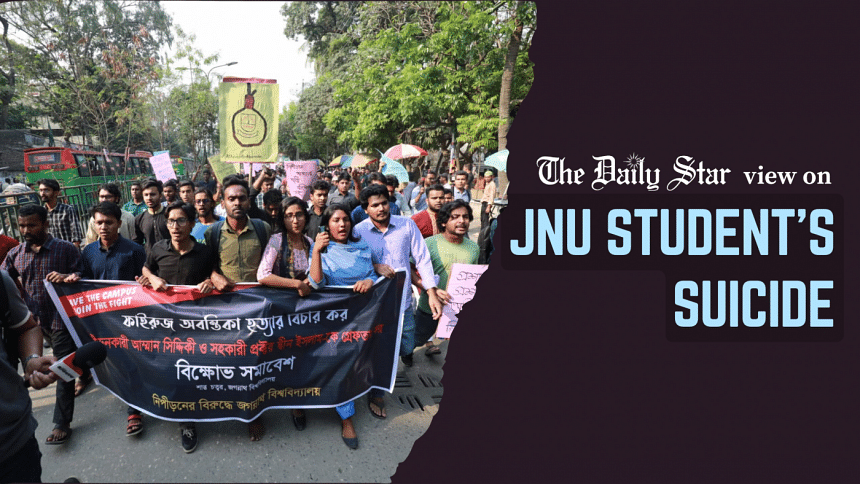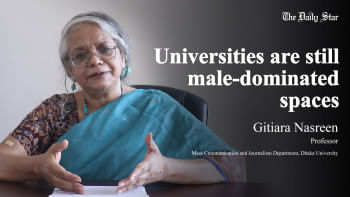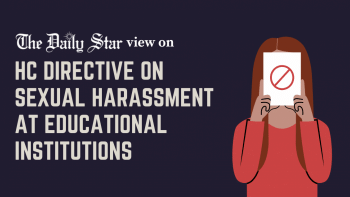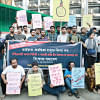Why did Abantika have to take her own life?

How do women victims of sexual violence process the trauma, not just of the violent act itself, but the systemic attempts to silence them after the act? Fairuz Sadaf Abantika, a law student of Jagannath University (JnU), took her own life, unable to bear the fact that it was she, and not her harasser, who was rebuked when she approached one of the administrators of her university. In a Facebook status just before her death, Abantika wrote that a male classmate, Raihan Siddique Amman, had sexually harassed her and that when she informed Dean Islam, the assistant proctor, he verbally abused her. If she ever committed suicide, she said, those two people would be to blame, adding "this is not suicide, this is murder. Technical murder." Her words could not paint a clearer picture of why she felt compelled to take such a drastic decision.
Following widespread protests at different universities on Saturday, police arrested the student and the assistant proctor in question. The JnU also took administrative action against them and formed a five-member probe committee to investigate the matter. It is sad that a dynamic student like Abantika had to die for these actions to be taken.
Can one really blame Abantika for concluding that there would be no justice for the violence she endured? How many cases of sexual violence in our universities have been properly investigated with due action taken against the perpetrators? How many educational institutions have functional anti-harassment complaints committees in compliance with the 2009 High Court judgment? How many take students' complaints at face value, without asking, "what were you wearing, who were you with, why were you out at that time, etc"?
Time and again, we have seen teachers and administrations downplay the severity of the violence, engage in victim-blaming or actively protect the perpetrators, particularly when they are related to power or money. Our administrators still seem more concerned with policing women's mobility through curfews, rather than cultivating a safe space where there is zero tolerance for sexual violence. Our society has created an impossible situation for women where not only must they live with the spectre of violence at every moment but also accept the inevitability of their perpetrators paying no price for their crimes. We can only imagine the loss of faith in her educational institution, justice system and the country at large that could have led a promising young life to reach such a conclusion.
If we are to stop such injustices and tragedies from taking place in the future, our educational institutions must, at the very least, have fully functional anti-harassment committees that take and resolve cases with the utmost sensitivity and urgency. The perpetrator, not the victim, must be put on the dock.


 For all latest news, follow The Daily Star's Google News channel.
For all latest news, follow The Daily Star's Google News channel. 









Comments